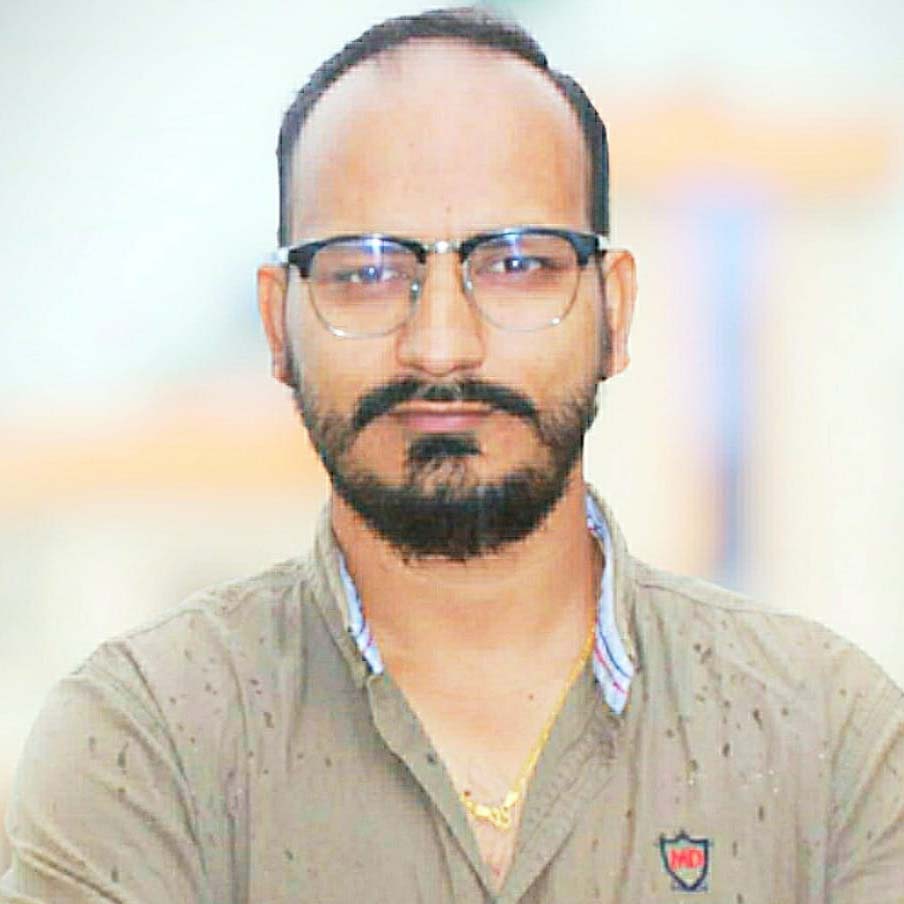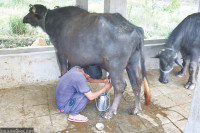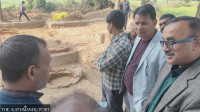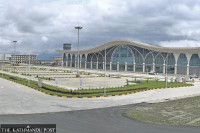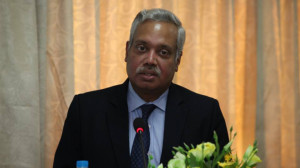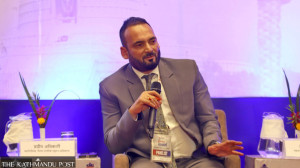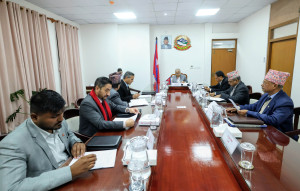National
Procedural delays hinder forensic investigation into Sept 9 arsons
Police’s forensic lab yet to examine any of the damaged sites. Officials cite lack of access, instructions.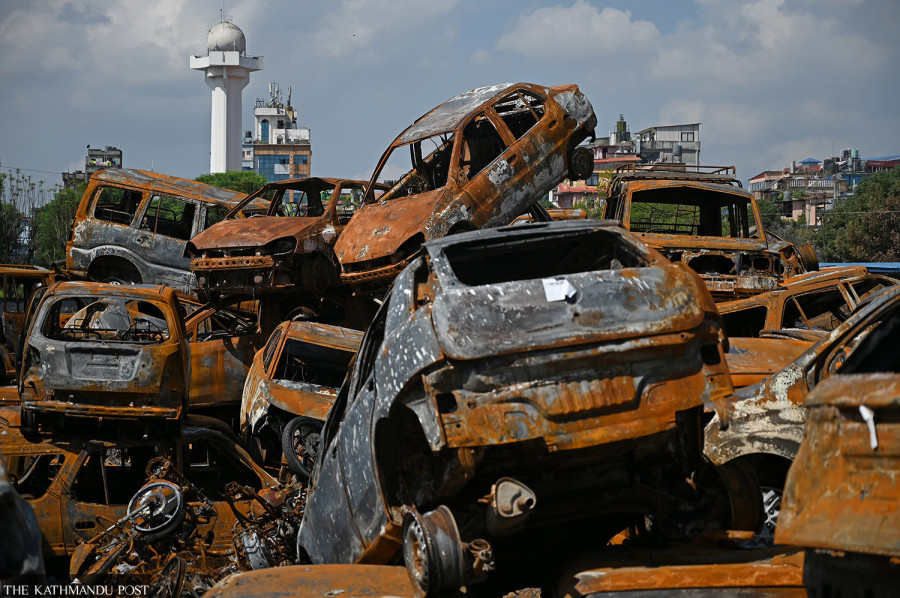
Purushottam Poudel
Despite widespread destruction and what appeared to be premeditated arson during the Gen Z protests on September 9, Nepal Police’s Forensic Science Laboratory has yet to examine any of the damaged sites or materials, raising questions about the effectiveness of police investigation and accountability.
During the anti-corruption Gen Z protests on September 8 and 9, there were significant human casualties along with widespread destruction of physical infrastructure.
On September 9, protesters set fire to and destroyed several key government buildings, including Singha Durbar, the main administrative complex of the government of Nepal, the Supreme Court, and the Parliament building.
Similarly, the ministerial residences in Bhaisepati and the Hilton Hotel in Naxal were targeted by demonstrators. Scores of private properties, from media houses to supermarkets, were also ablaze during the protest.
The incidents were not limited to Kathmandu Valley. Similar attacks took place in several towns outside the capital. Given that major government complexes and other locations were set ablaze within a few hours, many observers have suggested that these attacks were not spontaneous. Even interim Prime Minister Sushila Karki, after assuming office on September 12, publicly stated that the attacks on infrastructure were planned.
Although it has been acknowledged that the arson attacks were premeditated, no investigation has been conducted to determine what materials were used.
Police Superintendent and spokesperson of the Central Forensic Science Laboratory, Pushkar Raj Bhatta, stated that none of the materials or samples from damaged sites were brought to his department for examination. Bhatta, however, explained that the forensic laboratory has the capacity and resources to analyse substances used in such attacks.
Officials at the laboratory suggest that substances such as sodium, magnesium, or other chemicals might have been used during the incidents. However, they are yet to get any official instruction to examine any of the affected buildings.
Crime scene investigators collect details from the site, while the police’s forensic science laboratory studies these details to determine what substances or materials were used in the crime.
Meanwhile, Central Police Office spokesperson Binod Ghimire said that it is not necessary to disclose everything about how the police are working. Ghimire also said that after the incidents, police prepared official reports and will cooperate with the judicial investigation commission formed by the government.
All details regarding the incidents will be included in the report prepared by the commission, he added.
The government has formed a three-member judicial commission to investigate the suppression and destruction related to the Gen Z movement, under the leadership of former judge Gauri Bahadur Karki.
The high-level judicial commission includes former deputy inspector general of Nepal Police, Bigyan Raj Sharma, and legal expert Bishweshwar Prasad Bhandari, as members.
Police spokesperson Ghimire stated that the commission also includes representation from the police side and that a detailed account of the incidents will be presented in the commission’s report.
“The police have their own procedures for investigation, and it is not possible to disclose all the details at this moment,” spokesperson Ghimire told the Post.
But a senior official at the Police Headquarters questioned why the forensic laboratory did not initiate its own investigation if it suspected that highly flammable substances had been used during the arson attacks.
“As the laboratory is itself a department within the police, there was no reason for it to wait for instructions from others to carry out its duties,” the official remarked.
DSP Pawan Dhungana of the laboratory said that they have not conducted any examinations so far. He added that permission from the Police Headquarters is required to speak on the matter and declined to comment further.
However, former Deputy Inspector General (DIG) of Nepal Police, Hemanta Malla, said that police were unable to carry out adequate work as they themselves were in a state of confusion. Malla also noted that the police have so far failed to thoroughly investigate what kind of substances were used to set fire to the buildings.
“Incidents of arson on September 9 were not solely the result of the use of petroleum-based substances. There should have been an investigation into this matter, but the police have failed to do so,” Malla said.
He claimed that the laboratory could not conduct such examinations independently. According to him, visiting the incident sites and preparing official reports is a technical responsibility, but not one that falls under the jurisdiction of the laboratory.
He further explained that the internal chain of command within the police structure also prevents the laboratory from acting independently in such matters.
A Senior Superintendent of Police (SSP) at the lab stated that if evidence has been safely stored, it can still be examined later. However, he also said that, so far, they have not received any material for testing.




 9.12°C Kathmandu
9.12°C Kathmandu